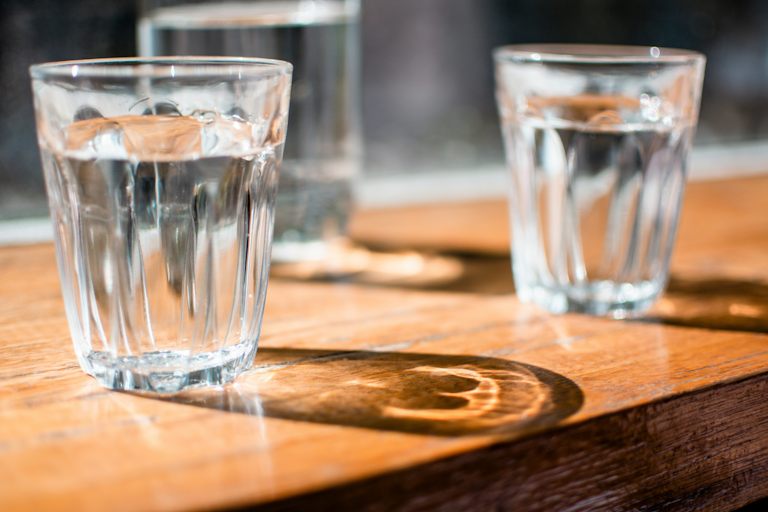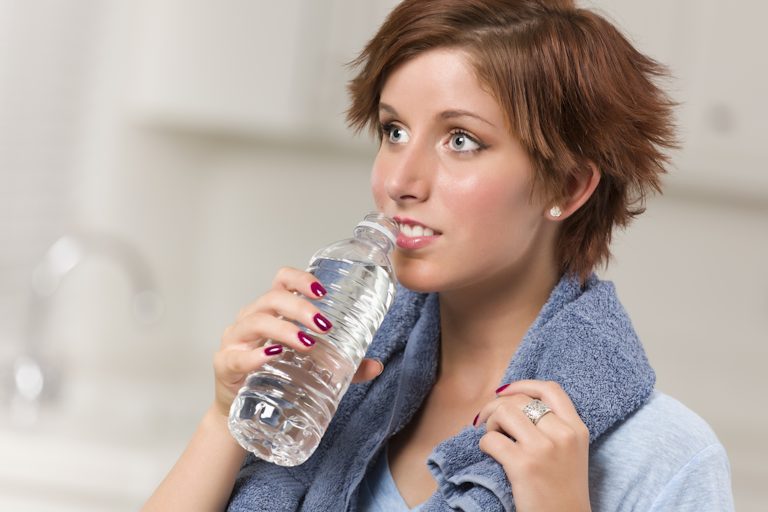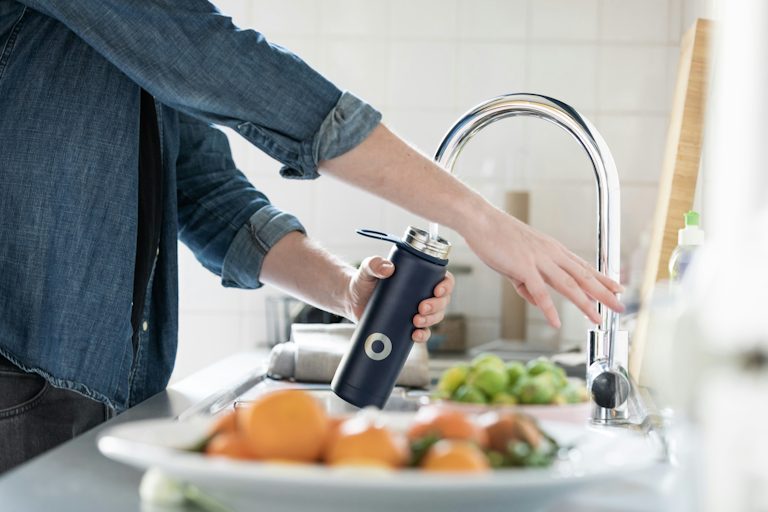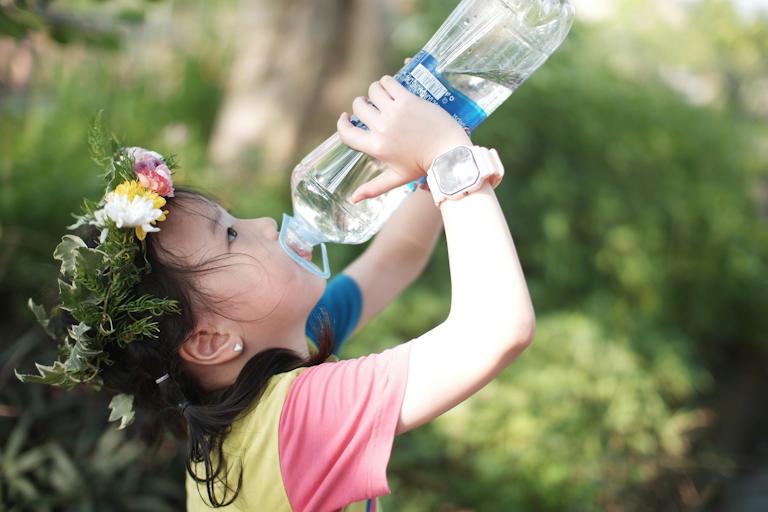
Water is essential to life, yet many of us overlook its importance in our daily routines. How much water is enough? What happens if you drink too little – or too much? This article explores these questions and provides clear, practical advice for determining your ideal daily water intake.
Why is hydration important?
Staying hydrated is critical to maintaining overall health. Water makes up about 60% of the human body and plays a vital role in almost every function, from regulating temperature to aiding digestion. When your body lacks sufficient water, it can’t function optimally, leading to problems like fatigue, headaches, and even serious health conditions.
Here’s why proper hydration is important:
- Regulates body temperature: Sweating helps cool your body, but you need water to replace lost fluids.
- Supports Physical Performance: Dehydration can decrease endurance, strength, and coordination.
- Promotes cognitive function: Even mild dehydration can impair concentration and short-term memory.
- Aids Digestion: Water helps dissolve nutrients and ensures smooth digestion.
- Flushes Out Toxins: Your kidneys depend on water to remove waste from the blood.
General Guidelines for Daily Water Intake

Determining the right amount of water to drink each day can seem confusing with all the conflicting advice out there. From one-size-fits-all rules to individualized recommendations, knowing what works for you requires a mix of general principles and personal adjustments. In this section, we’ll explore widely accepted guidelines, review scientific recommendations, and discuss how lifestyle factors affect hydration needs. By understanding these guidelines, you’ll be better equipped to set realistic hydration goals tailored to your unique circumstances.
1. The 8×8 Rule – A Simple Starting Point
The “8×8 Rule” is one of the most commonly cited guidelines for daily water intake. It suggests drinking eight 8-ounce glasses daily, which adds up to 64 ounces (about 2 liters). While not based on science, this approach is popular because it’s easy to remember and serves as a basic benchmark. If you struggle with hydration, starting with this rule can help establish consistent habits, even if adjustments are needed later.
- Provides a simple framework for hydration.
- Works well as an entry-level goal for those new to tracking water intake.
- Does not account for personal factors such as body weight, activity level, or climate.
2. Science-based recommendations for water intake
Scientific organizations such as the National Academies of Sciences, Engineering, and Medicine offer more precise guidelines for water consumption. These recommendations consider total water intake, which includes all fluids and water-rich foods:
- Men: About 3.7 liters (125 ounces) per day.
- Women: About 2.7 liters (91 ounces) per day.
These are averages and individual needs may vary. Foods like fruits and vegetables contribute to these totals, emphasizing that hydration isn’t just about drinking plain water.
- Provides evidence-based guidelines for average hydration needs.
- Includes water from food and beverages.
- Serves as a baseline for adjustments based on personal and environmental factors.
3. Adjust for lifestyle factors

Hydration needs are dynamic and influenced by factors such as physical activity, climate, and health status. An athlete training in a hot, humid environment will need more fluid than someone with a sedentary lifestyle in a temperate climate. Similarly, illnesses such as fever, diarrhea, or vomiting increase fluid loss and require increased fluid intake. Pregnancy and lactation also increase fluid requirements, making personalized adjustments essential.
- Exercise increases sweat loss, requiring additional water. Drink an additional 1.5-2.5 cups (350-600 ml) for moderate exercise, more for strenuous activities.
- Hot, humid weather accelerates water loss; cold environments can also dehydrate you due to dry air.
- Illnesses or medications that affect fluid balance require increased hydration.
- Pregnant women need about 10 cups (2.3 liters) daily, while breastfeeding mothers need about 13 cups (3.1 liters).
4. Personalized Water Intake Calculations
For a more personalized approach, using a personalized formula can provide clarity. By taking into account your body weight and activity level, you can calculate a specific hydration goal that meets your needs. A common method is:
Daily water intake (in ounces) = Body weight (in pounds) × 0.5.
This calculation provides a baseline that can be adjusted based on factors such as sweat loss or environmental conditions. For example, someone weighing 150 pounds would aim for 75 ounces (2.2 liters) daily.
- Reflects individual differences in height and weight.
- Provides a more accurate alternative to generalized recommendations.
- May be further modified based on lifestyle and environmental demands.
5. Monitor and adjust hydration over time
Hydration needs aren’t static-they change throughout the day and throughout your life. Monitoring your body’s cues, such as thirst and urine color, can help you fine-tune your intake. For example, light yellow urine typically indicates good hydration, while darker urine suggests you need more fluid. By paying attention to these cues and making small adjustments, you can create a sustainable hydration routine that evolves with your circumstances.
- Use thirst and urine color as natural hydration indicators.
- Recognize that hydration needs vary based on age, health, and activity level.
- Adjust your intake gradually to fit your current lifestyle.
By combining general guidelines with personalized insights, you can create a hydration plan that supports your health and well-being.
Signs you’re not drinking enough water

Dehydration can sneak up on you, but knowing the signs is crucial. Common symptoms include:
- Mild dehydration: Thirst, dry mouth, dark yellow urine, fatigue, and dizziness.
- Severe dehydration: Extreme thirst, rapid heartbeat, confusion, and even fainting.
An easy way to monitor hydration is to check the color of your urine:
- Light yellow: Well hydrated.
- Dark yellow or amber: Probably dehydrated.
Can you drink too much water?
Overhydration, also known as water intoxication, can be dangerous. It dilutes the sodium in your blood, leading to a condition called hyponatremia, which can cause nausea, confusion, and even seizures.
Avoid overhydration:
- Listen to your body’s thirst cues.
- Avoid drinking too much water in a short period of time.
Practical tips for staying hydrated
- Drink a glass of water as soon as you wake up to jumpstart your metabolism and replenish fluids lost overnight.
- Having water at your fingertips encourages you to sip throughout the day. Choose a bottle with measuring markers to track your intake.
- Add fruit like lemon, berries, or cucumber for a refreshing twist.
- Fruits and vegetables like watermelon, cucumbers, and oranges are great for boosting hydration.
- Use a smartphone app or set an alarm to remind yourself to drink water, especially when you’re busy.
- Swap soda or energy drinks for water or herbal teas to improve hydration without adding sugar.
FAQs about water intake

You need to drink water constantly
While drinking water is important, it’s okay for most people to rely on thirst as a guide.
Will caffeine dehydrate me
Moderate amounts of coffee or tea contribute to daily hydration, despite their mild diuretic effects.
Does everyone needs 8 glasses a day
Hydration needs vary greatly depending on individual circumstances.
Research-Based Insights on Hydration
- Hydration and cognitive function: A 2018 study found that 1-2% dehydration can impair attention and memory.
- Physical Performance: Athletes lose about 1-3% of their body weight as water during intense exercise, which can significantly reduce performance.
- Kidney Health: Adequate water intake reduces the risk of kidney stones by diluting stone forming substances.
Sources such as the Mayo Clinic and World Health Organization emphasize that staying hydrated is essential for long-term health.
Special considerations for different groups

1. Children
Children are more susceptible to dehydration because they lose more water through sweating and have smaller body reserves. Encourage water breaks during play or school.
2. Older Adults
Aging reduces the sense of thirst, putting older adults at risk for dehydration. Incorporate hydration into daily routines and monitor fluid intake.
3. Athletes
During intense physical activity, sports drinks containing electrolytes can help replenish lost sodium and potassium.
How to calculate your personalized water intake
You can calculate a more personalized hydration goal using this simple formula:
Daily water intake (in ounces) = Body weight (in pounds) × 0.5.
For example, if you weigh 150 pounds:
- 150 × 0.5 = 75 ounces (about 2.2 liters).
This serves as a baseline that you can adjust based on activity level and environmental conditions.
Benefits of Staying Properly Hydrated
When you maintain optimal hydration, you’ll notice improvements in:
- Reduced fatigue and increased alertness.
- Clearer, brighter skin due to better hydration of cells.
- Easier bowel movements and less bloating.
- Drinking water before meals can curb hunger and reduce caloric intake.
- Fewer headaches, improved mood, and increased physical performance.
Conclusion
Understanding how much water to drink is a personal journey influenced by your body, lifestyle, and environment. Start with general guidelines and listen to your body’s signals. Incorporate practical habits such as drinking water in the morning, eating hydrating foods, and tracking your intake.
Pingback: Noocube Review – How it enhance focus and memory - Burn Fat Simple Way